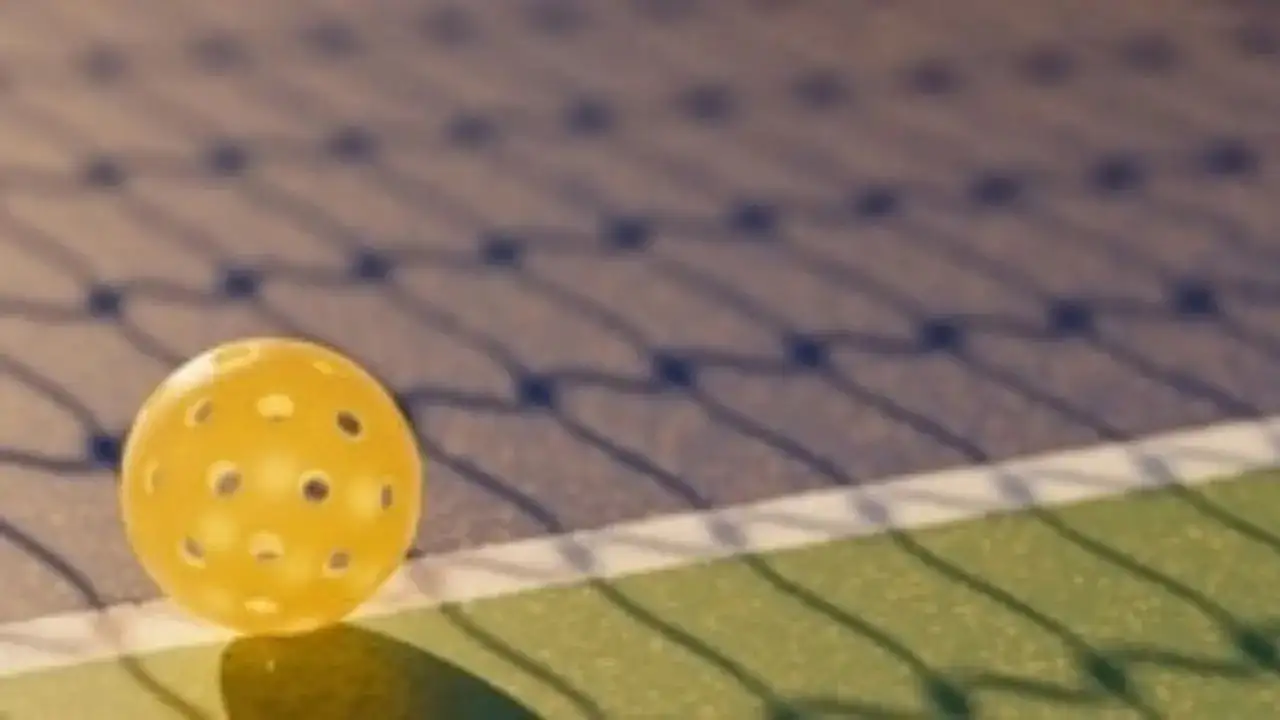By Sudipta Biswas
Line calls remain a subject of heated dispute in pickleball. It is still the players who call their own lines. This means the fate of the line calls depends on the honesty and integrity of the players. It has worked to some extent but has mostly marred pickleball with controversy and raised questions about the accuracy of a lot of points earned by the players. Almost every tournament in the racquet sport is marred by line-calling errors, stirring furor and sometimes overshadowing the action on the courts. For example, at the PPA Tour Select Medical Orange County Cup in June, Travis Rettenmaier conceded that he deliberately called a ball out even though it landed two feet inside the baseline, as a retaliatory measure to a perceived mistake in line by his opponent a few points earlier. This tit-for-tat mentality has become commonplace on pickleball courts, and it is doing more harm to the sport than any good. To address this challenge, PPA CEO Connor Pardoe has said that they would introduce automated line-calling technology used in tennis into pickleball. “We’ll take the eight pro courts that we have and there will be automatic line calling, so you won’t even call lines anymore,” Pardoe said on Zane Navratil’s PicklePod. He also said that they have already initiated the measure by signing a contract with a technology company to eliminate the challenge. He apprised that the measure will be effective from the fourth quarter of 2025. Asked about how he plans to address cheating in pickleball, especially regarding the use of paddles, Pardoe said, “We have invested millions of dollars over the last two years into trying to fix the problem and get it right.” And to address the menace of abuse of Performance-Enhancing Drugs (PEDs), Pardoe said they are considering an investment of $500,000 to $1 million per year “when the time comes” to begin testing for PEDs in pro pickleball. Recently, the declaration of $15 million in prize money for the new pro contracts hit all the headlines. Pardoe said the shift to a prize-based contract model is a win-win for 95 per cent of the players and was designed with heavy player input along the way. “You can’t have a pro sport without the best talent,” Pardoe said. “We need the buy-in from the best players to want to be here and want to grow the sport.”
